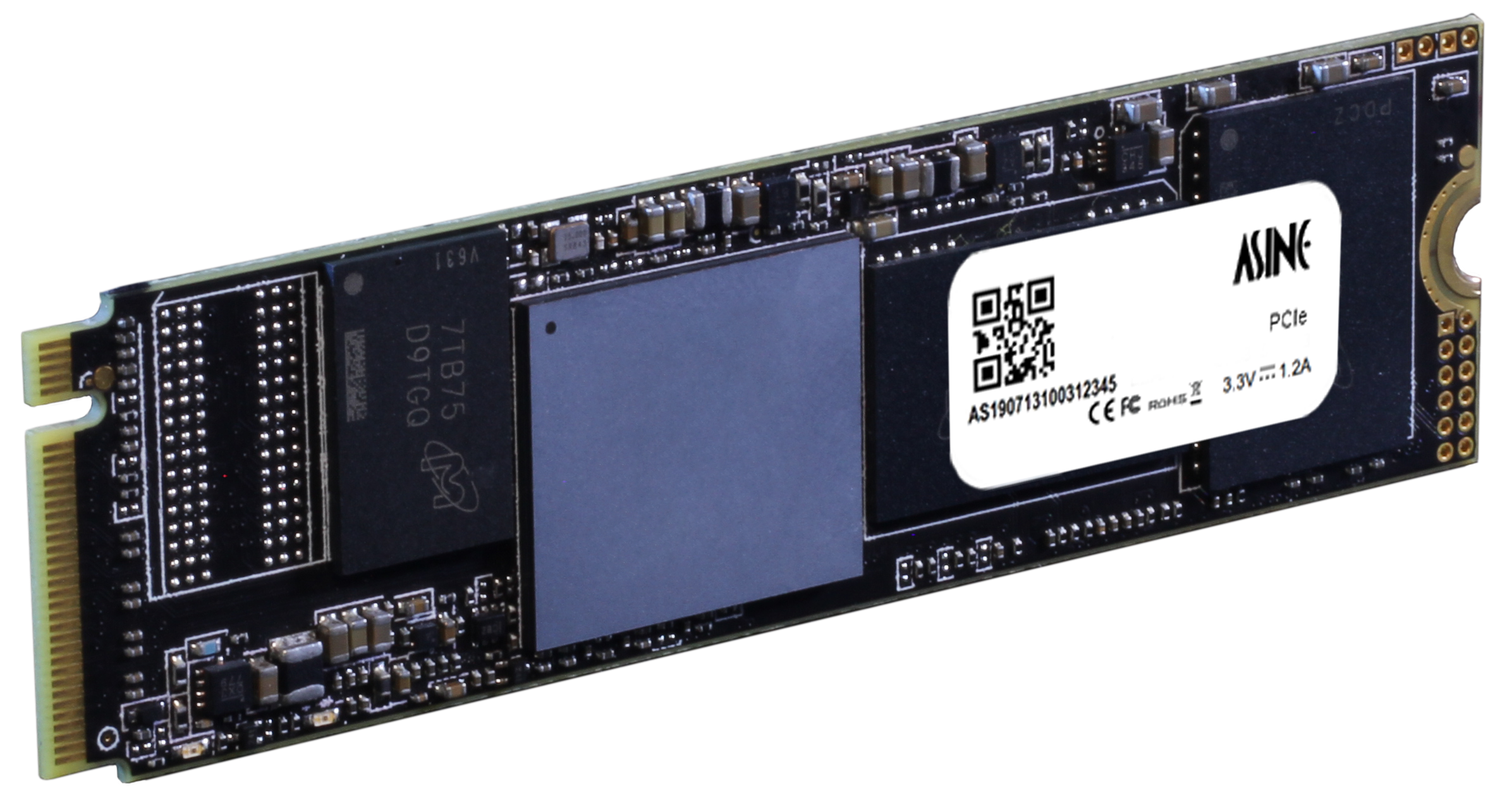Technology
Award winning team of professional engineers. We have vast experience of both small and large scale projects.










Technology for Innovators
NVM Express over Fabrics (NVMe-oF™)
Non-Volatile Memory Express over Fabrics is a dedicated storage protocol to ensure a fast data transfer between hosts and SSDs. All the communication and data transfer are performed across a network fabric. This amazing technology is well-suited to enterprise systems. NVMe-oF™ has lower latency, taking just a few microseconds for data transfer. You get a high bandwidth to ease extensive transfer of data.


Non-Volatile Memory Express (NVMe)
NVMe is a communication interface and protocol to access non-volatile storage media. This protocol is designed for SSDs. It offers higher efficiency and speed compared to legacy protocols. NVM Express has been designed specifically to capitalize on the low latency and internal parallelism of solid-state storage devices ranging from generation NVMe 1.0e to NVMe 1.4. NVM Express has the ability to provide almost 65,000 queues that can handle up to 65,000 commands each. NVMe proves to be quite efficient to prevent bottleneck. Moreover, NVMe comes in several other physical form factors including solid-state drives (SSDs), AIC, U.3, and M.2.

Peripheral Component Interface Express (PCIe)
Various components within a computer use PCIe as their interface to communicate with each other. It links motherboard to other components like graphic cards, Ethernet cards, SSDs and high-speed Wi-Fi. This interface is extended around six different generations from PCI Express 1.0 to PCI Express 6.0. PCIe offers better performance compared to older PCI, PCI-X and AGP bus standards. Its speed depends upon its version and the number of lanes. Each lane comprises one pair for data retrieval and the other for data transmission.


SMT Memory ASNanoX
This is a SATA interface SMT MO-276 standard package pSLC or TLC Flash Disk. This lightweight product is compliant to JGPSSI-JIG, REACH and RoHS. It possesses the ability to withstand shocks and vibrations to a large extent. It offers a diverse range of features for OEM applications which include:
- AES-256-bit hardware encryption
- Fast sanitize erase
- High grade industrial certified workmanship
- SPOR PLP support application option
- BOM configuration awareness

Field Ball Grid Array (FBGA)
This SMP (Surface Mount Packaging) is used to mount devices such as integrated circuits. All the signals conducted between integrated circuits and PCBs are handled by this package. The signal degradation in such efficient packages is quite less. This packaging provides an efficient heat conduction mechanism where the entire heat of integrated circuit moves to circuit board.


Application-Specific Integrated Circuit (ASIC)
ASIC is an integrated circuit designed to facilitate a specific function in a product/application. They offer an execution speed dedicated towards a specific operation. You get better functionality and high performance compared to other discrete solutions. These application specific chips are fabricated using metal-oxide-semiconductor (MOS) technology.

Network-Attached Storage (NAS) Storage Area Network (SAN)
NAS is a storage device dedicated for offering data accessibility to various devices from a centralized storage through a network. NAS comprises multiple hard drives in a RAID configuration and Network Interface Card (NIC). This NIC connects the centralized storage device to the switch or router for data transfer. Users can easily have a home-based server setup using NAS. SAN is a dedicated high-speed data storage network that comprises servers, disk arrays, and switches. The fault tolerance feature of SAN makes it safe for data storage compared to NAS. The entire data is shared among various disk arrays. SANs provide a speed of 1 Gbits/s to 10 Gbits/s. SANs operate on both fiber channels as well as iSCSI.

